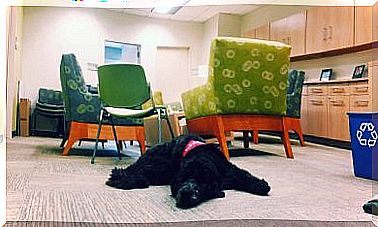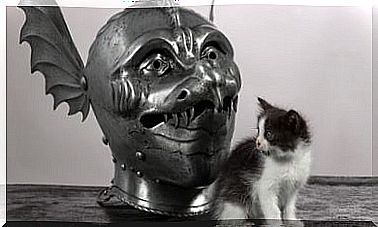How Does The Dog’s Immune System Work?
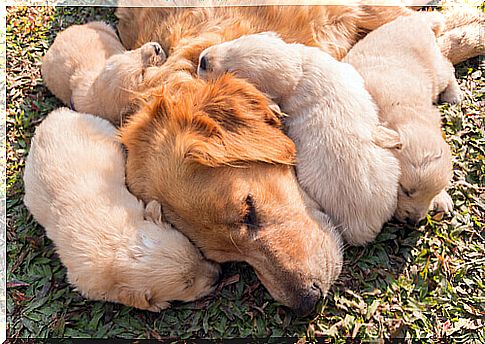
Animals have an internal defense mechanism against external pathogens such as viruses, bacteria, protozoa, parasites … The dog’s immune system works like ours and, when there is an aggression, it responds by preventing the pathogen from spreading through the body.
The first antibodies
When puppies are born , they receive their first antibodies from colostrum, their mother’s first milk. These antibodies will protect the dog in its first weeks of life while its immune system develops.
What forms the dog’s immune system?
The immune system is made up of organs, tissues, cells and small molecules that act together against infectious agents.
Lymph nodes and lymph
Lymph is a fluid similar to blood plasma that is formed by collecting excess interstitial fluid, proteins, fats, and white blood cells. The lymph circulates through the lymphatic ducts; the lymph nodes (submandibular, prescapular, axillary, inguinal and popliteal in dogs) are responsible for purifying it for its recirculation to the veins.
Spleen
The spleen is an organ that intervenes directly in the animal’s immune system: it is responsible for filtering the blood, destroying old blood cells and producing new cells.
Immune cells
There are different types of immune cells. They all have a common origin, but each type has specialized in a specific task. The joint action of all these cells is capable of fighting the disease.
- Lymphocytes Lymphocytes produce antibodies, small proteins capable of binding an antigen, that is, the infectious agent.
- Macrophages. These cells engulf, that is, ingest the invading microorganism and, once inside, destroy it. Macrophages are also responsible for producing substances that attract other cells of the immune system to treat the infection.
- Dendritic cells. They are similar to macrophages, with many branches; they also engulf the microorganism and expose a part of it on its surface for other immune cells to destroy.
- Neutrophils. They are the first cells to appear at the site of infection and are very abundant.
- Basophils and eosinophils. These cells participate in inflammatory and allergic processes and the attack on parasites. Its percentage is very small.
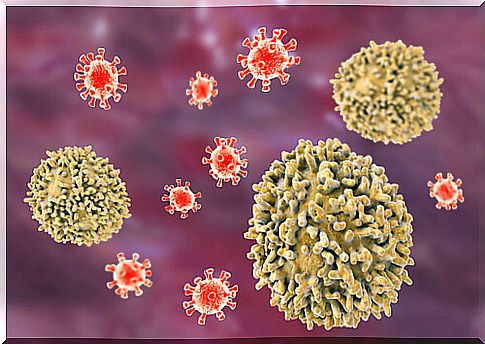
How does the dog’s immune system work in an attack?
The dog’s immune system, like that of other mammals, develops as we are exposed to an antigen.
Faced with a pathogen, there are a series of barriers that prevent its entry and reproduction. These barriers are:
- Primary barriers : the skin and mucous secretions.
- Secondary barriers : these are the cells that make up our immune system and prevent the pathogen from spreading through the body once it has passed the primary barriers.
In its first months of life, the puppy has innate immunity, an immune system that responds immediately to the invasion of pathogenic microorganisms but that does not take learning or keep memory.
The cells that make up this early immunity recognize a number of antigens and respond in a more generic way. As the puppy grows and is exposed to new antigens, it develops an acquired immunity ; the immune system obtains memory of the encounters and is more efficient against future invasions by the same pathogen.
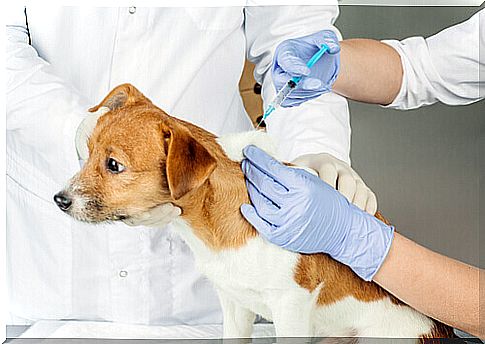
Vaccines follow this principle, since with them we manage to ‘teach’ the immune system to fight certain diseases by presenting the weakened pathogen or some of its parts sufficient to provoke a response to the immune cells.
Vaccines are a safe method of immunizing our dog against serious diseases such as parvovirus, hepatitis, distemper or leishmania. So it is best to start from puppies and comply with all vaccines and booster doses to increase the effectiveness of the vaccine and strengthen your dog’s immune system.





